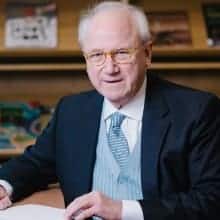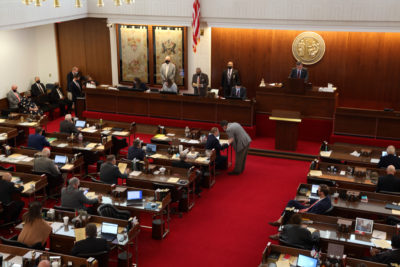
|
|
How should the South — and in particular North Carolina — respond to stunning evidence of sluggish upward mobility, even in its most economically robust cities? The question posed a challenge to the nine-person research team at MDC, the Durham-based nonprofit at which I am a “senior fellow,” as we developed the 2014 State of the South report.
The complex answer that emerged became encapsulated in the phrase: “infrastructure of opportunity.” That State of the South report focused on bolstering the life prospects of 15- to 24-year-olds through strengthening the education-to-career continuum. MDC also published a companion report on education and economic mobility in North Carolina with a look at initiatives in eight communities.
The report to the South defined infrastructure of opportunity as “systems and supports to boost young people to higher rungs on the ladder of economic and personal advancement.” And it said that “this infrastructure should be as pervasive and reliable as the physical infrastructure of roads and water lines.”
Now, seven years later, the nation’s political-policy-media complex is engaged in a debate over what counts as infrastructure. The debate was touched off by the Biden administration’s infrastructure package, the American Jobs Plan, which is at issue in difficult still-unresolved negotiations between the Democratic president and Republican senators.
Republicans have objected to the cost of the Biden initiative, beyond $2 trillion as originally proposed, and its provisions to raise revenue through corporate taxes. They argue that the president goes too far beyond the conventional definition of infrastructure: roads, bridges, water-and-sewer pipes and such.
Clearly, the Democratic president seeks to convince lawmakers — and the country — that the traditional definition falls short in responding to the aftermath of the pandemic and to a modern society with its workforce less engaged in the farm-and-factory economy. The Biden plan speaks of “a workforce development infrastructure,” of “social infrastructure to support innovation and productivity,” and the “infrastructure of our care economy.” It has three education-targeted segments:
For public K-12 schools, the Biden plan calls for upgrading old schoolhouses and building new facilities. It would provide funding for labs and technology, for ventilation and energy-efficient systems, and for school kitchens that prepare nutritious meals and reduce use of disposable materials.
For community colleges, the administration proposes to enhance both physical structures and technological equipment. It has a rural emphasis, calling on states to identify “strategies to address access to community college in education deserts.”
For child care, Biden proposes a mix of public investments to expand access and a tax incentive for employers to provide on-site child care. “Lack of access to child care makes it harder for parents, especially mothers, to fully participate in the workforce,” says the White House background paper. “In areas with the greatest shortage of child care slots, women’s labor force participation is about three percentage points less than in areas with a high capacity of child care slots, hurting families and hindering U.S. growth and competitiveness.”
In North Carolina, legislature-governor debate over the budget do not fall along the same what-is-infrastructure divide as the Congress-president negotiations. Still, the national divide is more than a mere disagreement over definition; it’s a divide — pertinent to state and national governments — over how to respond to the opportunities and barriers in the modern economy.
State and national governments have built roads, bridges, rail lines, and airports to move the products of farm and factory. Roads also move people from home to workplace. But is the smooth asphalt road sufficient infrastructure for the young parents who need but cannot obtain adequate child care that enables them to hold a job and pursue a career?
Thinking in terms of an “infrastructure of opportunity” remains as salient now as it seemed in 2014 to propelling more people toward the American dream.



